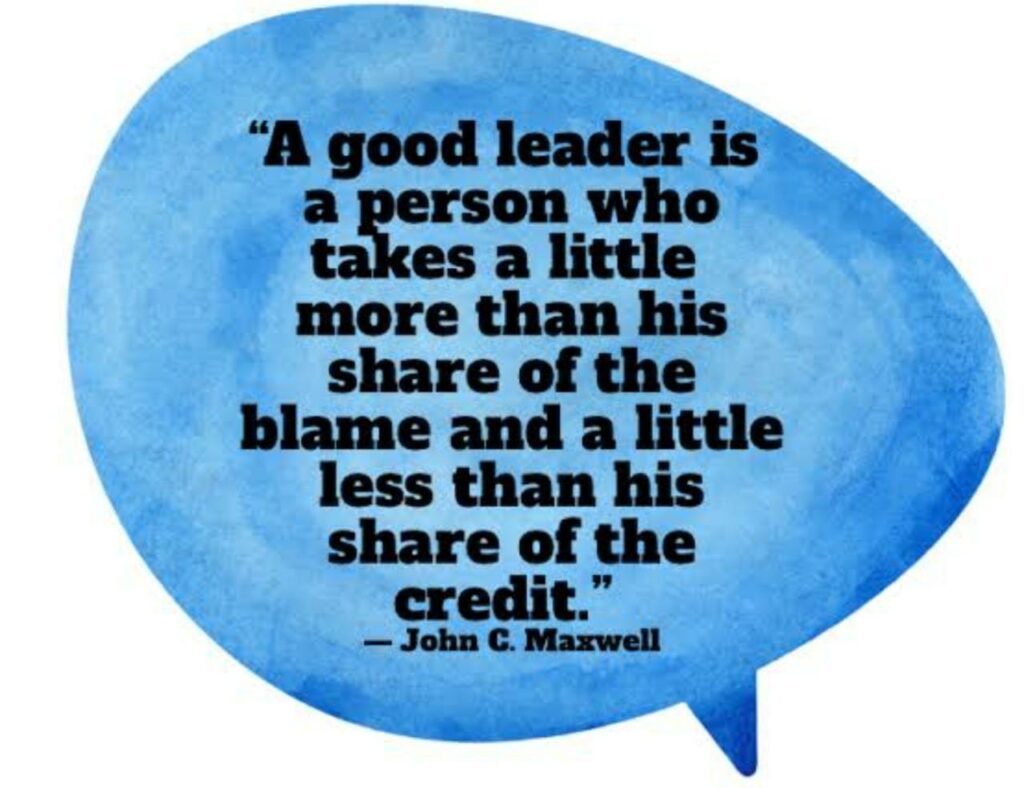07th Mar, 2022
Remember the heroic deed of Captain Sullenberger.
He was the pilot who became an instant hero that fateful morning in 2009 when he landed an aircraft with 155 people on board, on the River Hudson.
And now, a movie, Sully, re-creates that event, capturing the drama and the dynamics of decision-making under pressure.
As you might recall, two minutes after the plane took off from La Guardia airport that day, a bird hit caused both its engines to lose power.
The co-pilot was in command at take-off, but the moment Captain Sully saw the gaggle of geese in front of the windshield and heard the shuddering sound of both engines shutting down, he instantly took charge of the plane.
He considered returning to La Guardia, landing at a nearby airstrip, but when both options didn’t seem workable, he decided to land the aircraft on the Hudson.
Within 208 seconds of the engines malfunctioning, the plane landed on the river—and all 155 lives were saved.
What is it about a leader that enables such bold decision- making?
Several people cite Captain Sully’s action as an example of a trait that is being viewed as a useful predictor of leadership success: ‘Learning agility.’
Put simply, learning agility is knowing what to do when you don’t know what to do.
Learning agility is, in essence, what you learn through experience in the school of hard knocks. While it may not itself be easy to acquire, there are two other simple lessons that leaders can take away from Captain Sully’s heroics.
First, when the Captain discovers they have a crisis on their hands, his instinctive response is to say, “My aeroplane”.
Two simple words, but immensely powerful from a leadership standpoint.
He doesn’t look for someone to blame.
He doesn’t panic.
He doesn’t complain about the birds.
When a problem occurs, when results aren’t what you might expect,
when business appears to be in trouble,
how do you respond?
Do you look at your colleagues and try and pinpoint who is to blame? Do you distance yourself from the problem and leave a struggling team-mate to resolve the crisis all by himself?
Do you blame it on the environment—the birds?
Or do you, like captain Sully, take ownership?
As a leader you owe it to your team—and to yourself—to take charge, and to be seen to be in charge, when crisis hits.
Good leaders are quick to take control.
The “My aeroplane” attitude in problem situations is something all leaders would do well to adopt.
And then, after Captain Sully miraculously lands the plane on the Hudson and all passengers are safely evacuated, the waiting TV crews hail the Captain as a hero and give him credit for saving so many lives.
But Captain Sully gives credit to his co-pilot Jeff Skiles, and to the three air hostesses—Donna, Sheena and Doreen—who held their nerve and did a fantastic job.
He even thanks the ferry operators and the chopper crews for their help.
“They did it!”Two simple statements that encapsulate two stellar traits of good leaders.
They take ownership in a crisis. And when the job is done, they attribute the results to the team’s efforts.
Now, here’s the interesting bit.
It is not as if there aren’t enough leaders who say “My aeroplane!” and “They did it!”
It’s just that they sometimes get the order wrong!
When a crisis hits, they blame others: “They did it!” And when success is achieved, they take ownership: “My aeroplane!”
As a leader, it may be a good idea to learn to say those two phrases often. “My aeroplane” and “They did it.”
And yes, remember when to say which one too & stay blessed forever.

